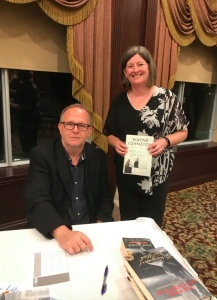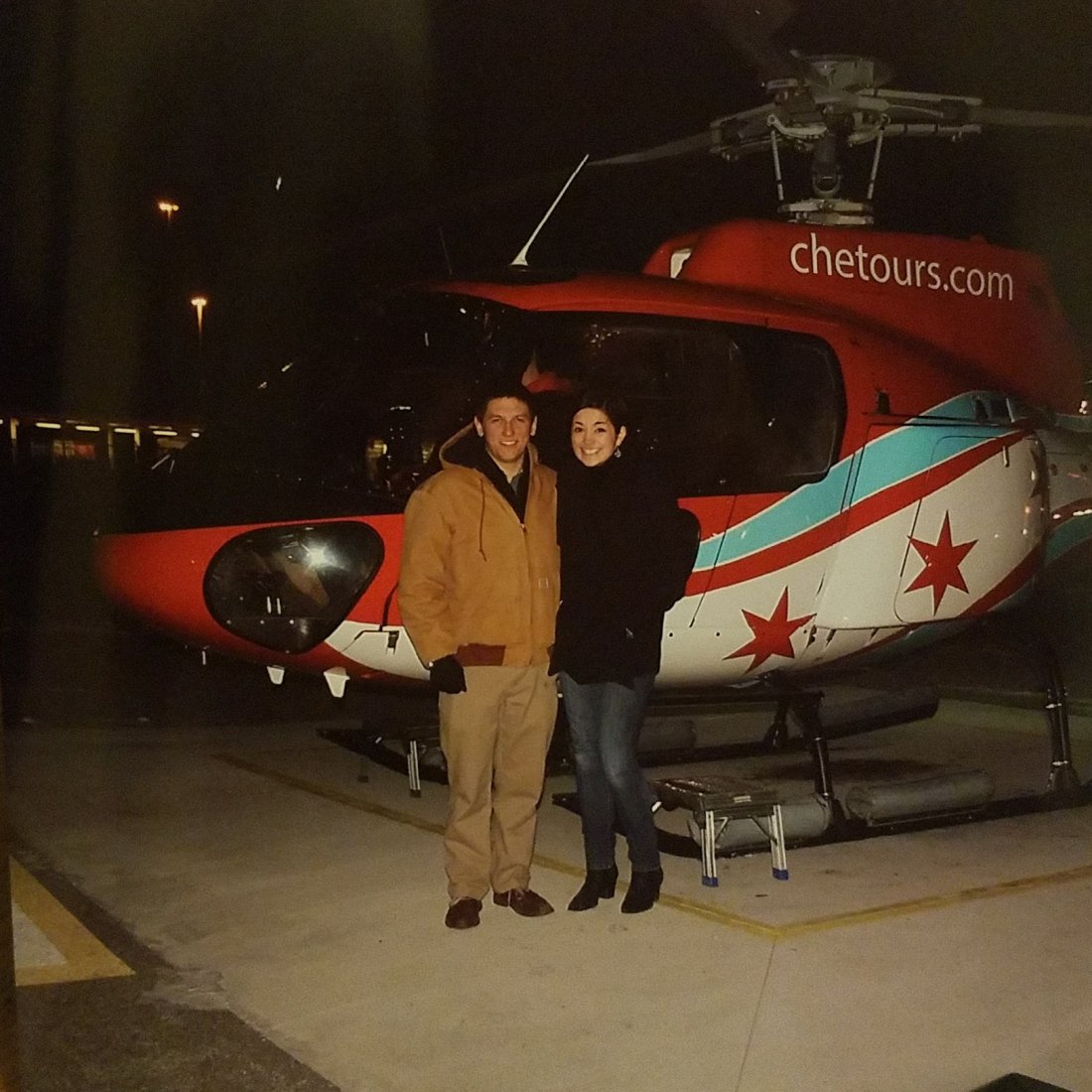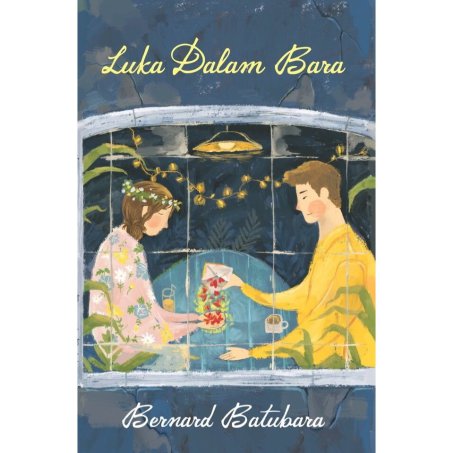 Dress Codes for Small Towns is, more than anything, a story about friendship.
Dress Codes for Small Towns is, more than anything, a story about friendship.
This book follows Billie and her group of friends, called “the Hexagon”.
Billie is the tomboy daughter of the town’s preacher. Otter’s Holt isn’t a good place to experiment, but she is questioning her sexuality.
Janie Lee (pixie) is Billie’s best friend. They do not feel completely at home in Otter’s Holt, but while Billie doesn’t want to leave, Janie Lee has plans.
Woods (president) is charismatic and an extrovert. Both Billie and Janie Lee have a crush on him. Both Billie and Janie Lee are, in some way, in love with each other. Yes, it’s complicated.
Davey (pretender) is the new guy in town. He loves cosplay, but he doesn’t know if he’s going to attend the next LaserCon – his family is falling apart, and all he has are his friends.
Fifty (douchebag) is kind of a douchebag, but his friends love him anyway.
Marsh (puker) is biracial and pukes a lot. Those are his only character traits. Yes, he felt a bit like the “token black friend” and he was the least developed of the group.
The year I was seventeen, I had five best friends—a Pixie, a president, a pretender, a puker, and a douchebag—and I was in love with all of them for different reasons.
Dress Codes for Small Towns is also story about figuring yourself out when you live in a misogynistic, homophobic town. It’s a book that captures perfectly what it means to be young and not to know yourself. Am I really straight? Am I bi? What does that mean for me, my family and my faith? These are all topics this book deals with.
While the main character is questioning her sexuality, I never felt like she questioned her gender – she is offended when her friends tell her she’s one of the guys because she dresses a certain way. She’s not genderfluid, she’s a gender non-conforming woman.
I loved Otter’s Holt. It’s a small town with its traditions, which the Hexagon is fighting to preserve, and it has its own unique atmosphere.
Another thing I loved was that this book used the word “demisexual” to describe a minor character (who is demi & bi). It almost never happens.
What I didn’t like as much was the romance.
This is another book where there could have been a f/f relationship and there wasn’t. The main character is bi/pan (no label used, which made sense in her situation) and has a crush on her friend Janie Lee, who loves her too, but she doesn’t know in what way. When they experiment, they are discovered and then they refer to their kiss as a mistake, but they are into each other. This wouldn’t have been a problem if their kisses with their male friends had been considered mistakes too, but they didn’t feel guilty for those.
At the end of the book there are no romantic relationships.
I love books with no romance, but not like this.
My favorite book of all times (Ninefox Gambit, adult sci-fi) has a lesbian main character, and there’s no romance there, no love interest. She’s in trouble, she’s at war, she has a mass murderous ghost in her head. A romance in this situation would have felt forced, and it was clear from the beginning that NG was a “no romance, many explosions” kind of book. It made me happy – there was no romantic drama, no romantic subplots, and an all-queer cast. I love books like this.
What I don’t like it’s when there could be a f/f relationship but it doesn’t work out.
It’s realistic? Maybe.
But why does this happen only to f/f? Most straight romances get happy endings, and so do many m/m romances (well, these days. There are still many more tragic m/m books than m/f, but if I wanted a m/m romance it wouldn’t be difficult to find it).
But f/f?
I read 14 YA novels with lesbians/bi women as protagonists this year. Of those, only 4 ended with an established f/f relationship. Other 4 had a m/f relationship (5 if we count Little and Lion, which I will read soon) and 6 had a f/f relationship that didn’t work out in the end.
Down Among the Sticks and Bones. The Scorpion Rules. We Are Okay. Far From You. The Gallery of Unfinished Girls (one of my favorite books of all times!). And now, Dress Codes from Small Towns.
It’s not like there aren’t people who write f/f romance out there, but these are the books bought by publishers. This trend worries me.
I’m all for no romance or aro characters (hi!), but when the MC wants to be in a relationship, has a love interest and then they break up/don’t get together? I don’t like that as much. Yes, it shows that queer people can have happy endings without romance, but it’s becoming a trend, a trope, a cliché.
And clichés are annoying.
My rating: ★★★
Have you read Dress Codes for Small Towns? If so, let me know your thoughts in the comments.
And: have you noticed this trend with f/f books too? Maybe I’m just unlucky.
Advertisements Share this:




